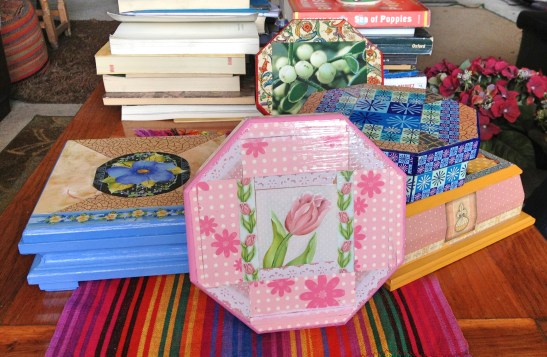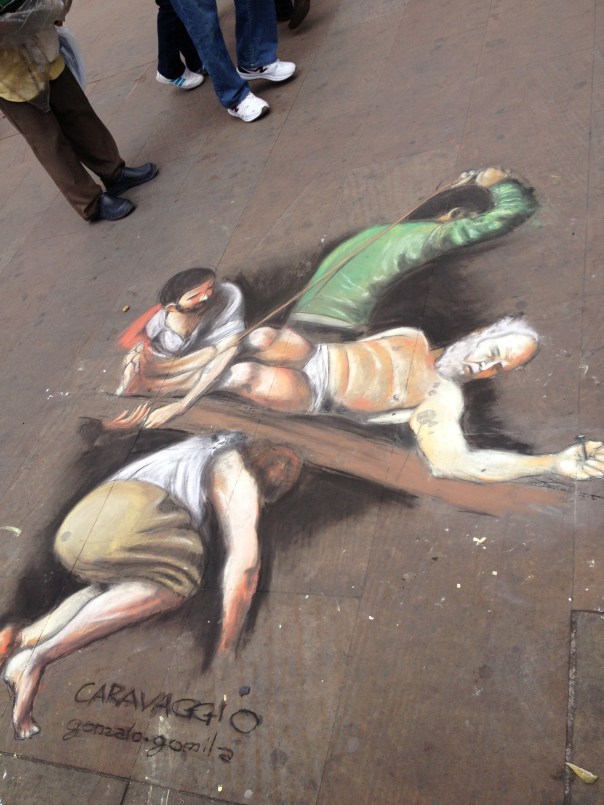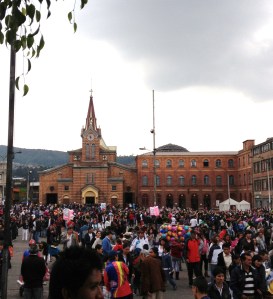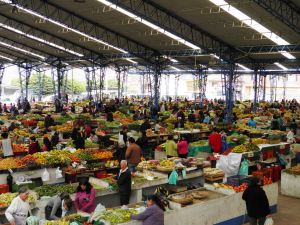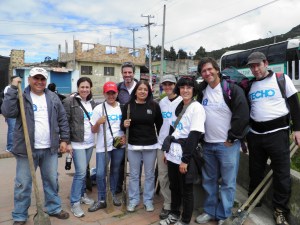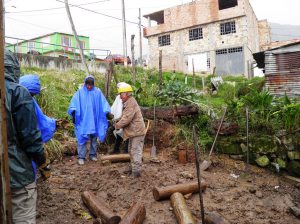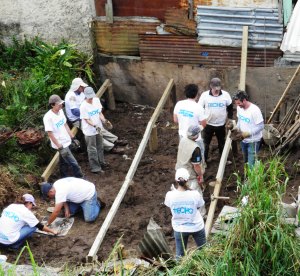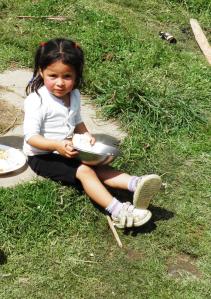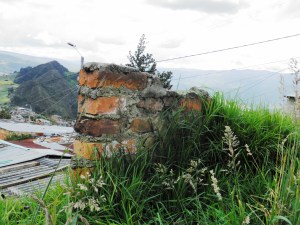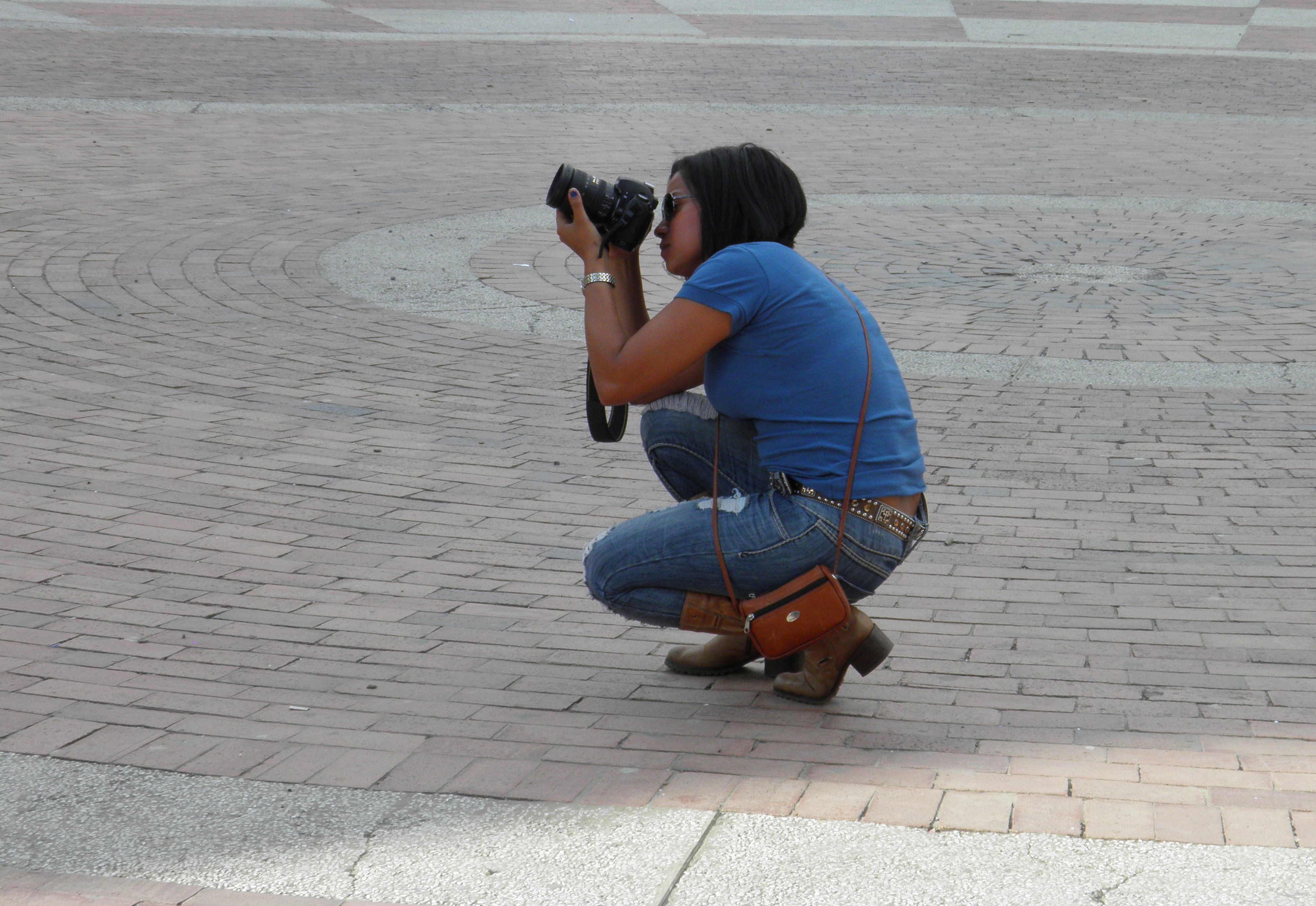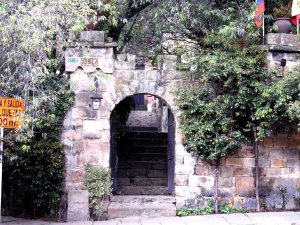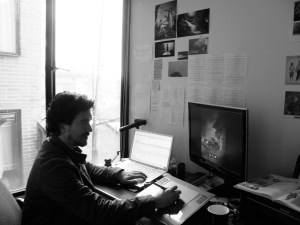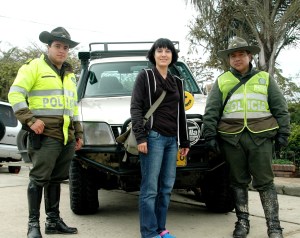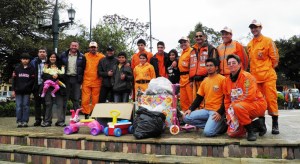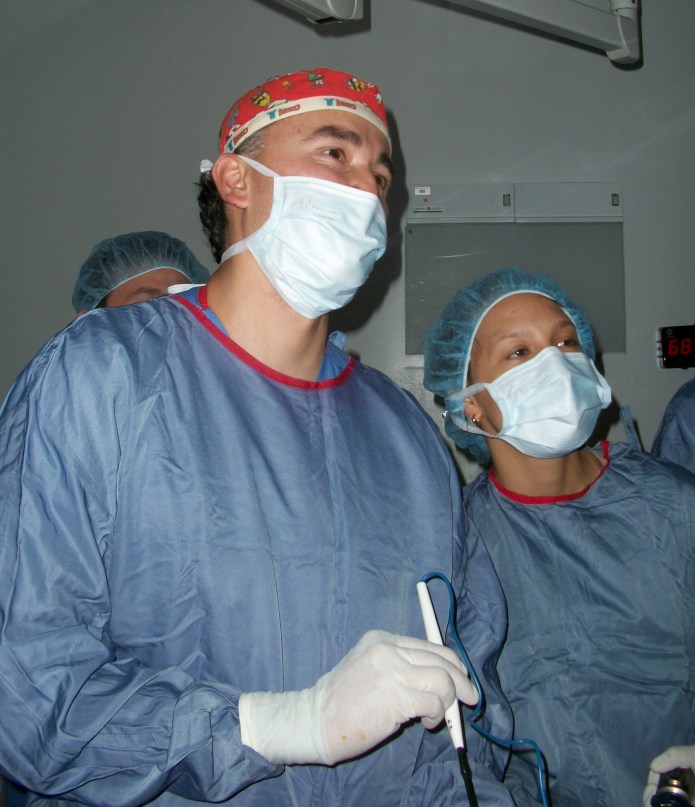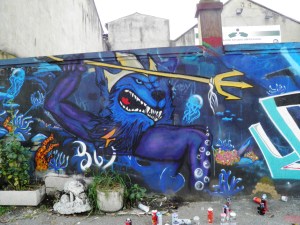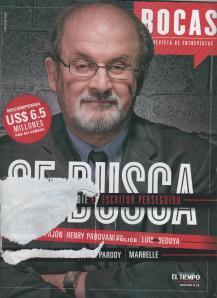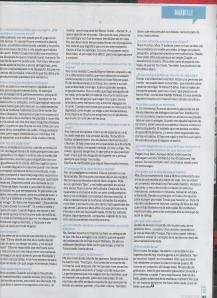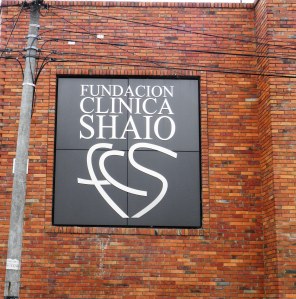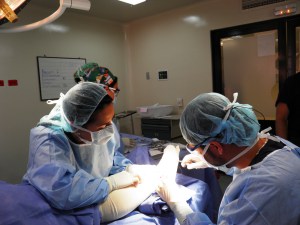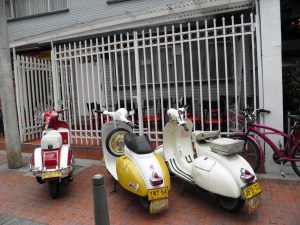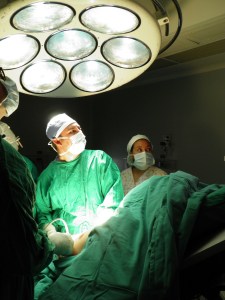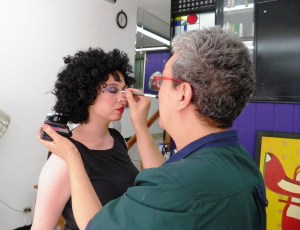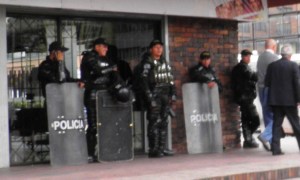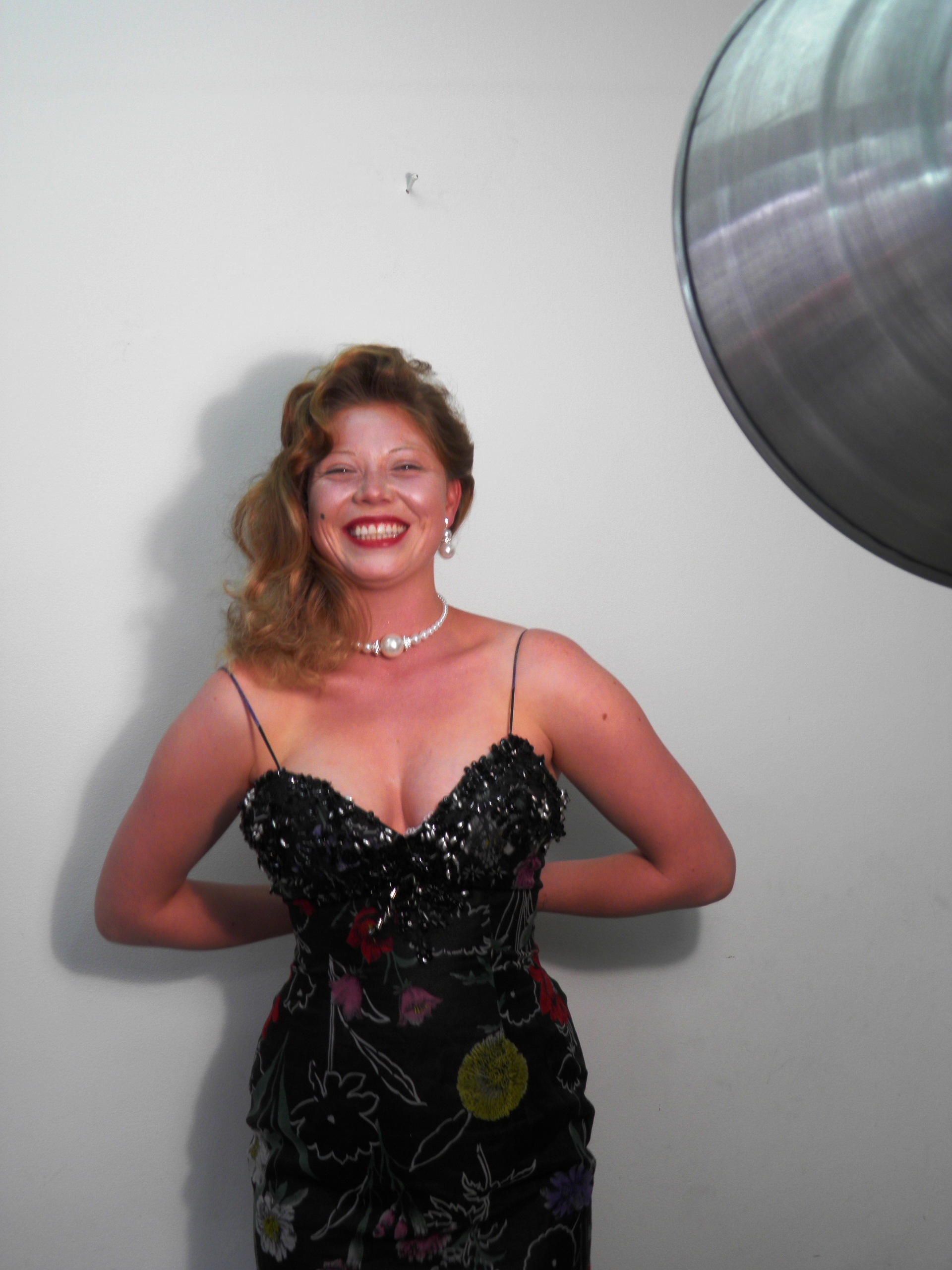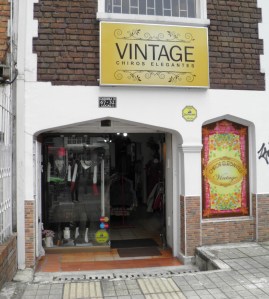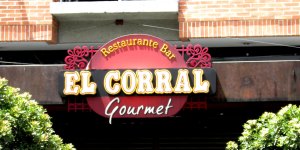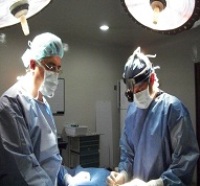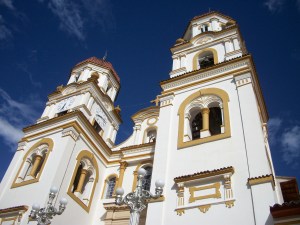Long time readers know that I have spent the last 13 years of my life evaluating, writing about and promoting medical care in Colombia. In addition to this blog, I have written multiple papers. presentations and books about my experiences and direct observations of care in the various facilities in Bogota, Colombia. The majority of experiences have been excellent.
I have been bringing clients here several years, including my own mother – who had a life-saving TAVR for critical aortic stenosis in 2019 at Fundacion Cardioinfantil. If she hadn’t had that procedure then, she would be most assuredly dead now. Instead, she is a vibrant 84 (almost 85) year old female who continues to run several miles every day, participate in a multitude of exercises (aerobics, zumba, dance etc.) and sports (pickleball, running group).
Of course, when you are taking about something as vast and varied as health care, it’s never going to to be 100% all of the time, for every condition at every clinic, office or hospital. As part of the process of writing a book about healthcare and surgery in Bogota, I have spent literally thousands of hours in hospitals and hundreds of hours in the operating rooms around the city. I have interviewed hundreds of doctors and staff members. Some of these experiences have been so-so, some have been below average, and a very few have been bad.. Our recent experience at Reina Sofia on Calle 127 falls into the incredibly bad category. It was so bad and potentially life-threatening that it almost sounds like farce. Until it’s your dad. And the nurses that are ignoring the patient are ignoring your dad as he experiences crushing chest pain.. The clueless ER doctor is just irritated by your very existence because she wants to get back to chatting on What’s App – and continues to talk down to you. (I am fluent in medical spanish – and cardiology/ cardiothoracic surgery) and that seemed to anger her.)
When the nurse performing your dad’s EKG gets angry when your bradycardic, pale and dizzy dad doesn’t get his shirt back on fast enough so that he can dump you back in the waiting room and he can go on his break. Then when the cardiac enzymes are positive, they move you to the observation area and never check on him again. I had to check his chest pain/ vital signs/ everything while we wait, futilely for someone to help us.
Nevermind oxygen saturations in the mid 80’s.. Seems like the plot of a bad 1980’s movie – as you realize that they are ignoring you, because you are a crappy old gringo, and that they would rather and leave….
Until you have to call a friend to help you leave the hospital so you take your family member to another hospital because the staff keeps ignoring you – and telling you “wait ten more minutes” hour after hour.. Until the so-called specialist rattles off a prepared speech, and doesn’t seem to listen when you dad explains that he still has chest pain (after receiving only tylenol in the ER). It was a devastating experience – and a terrible learning experience.
I freely admit it was my mistake. I initially wanted to go directly to Clinica Shaio when my mom called me – but after thinking about the distance – I made the (wrong) clinical decision that if my father’s clinical status looked poor – that I shouldn’t risk the trip – and should take him to the closest well regarded facility. Clinica Reina Sofia is just minutes from my house, and my dad looked eminently bad. So much so that I rode in the backseat of the car with him in case he needed CPR on the way.

But I trusted that ER staff would know how to manage a common and basic emergency condition like this. After all – it’s part of basic life support classes – you know, the classes that lifeguards and babysitters take. That assumption almost cost my dad his life. It’s particularly hard for me because I have been to Reina Sofia before (in the operating rooms, etc.) and the care was pretty good – good enough that I took my dad there in the middle of the night. Maybe they (Reina Sofia) do know how to treat this very common emergency condition. Maybe they know that time is the essence. Most likely they do. Which means that they just don’t care. Because they certainly didn’t care about my dad. They just wanted him to sit down and shut up.
As I write this, I am waiting for the cardiologist to tell me about my dad’s cardiac catheterization – here at Clinica Shaio, where the care has been wonderful and immediate!









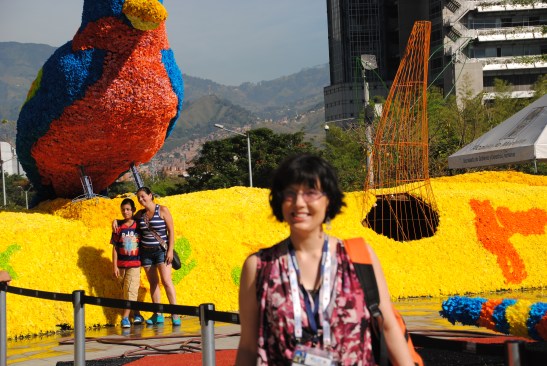
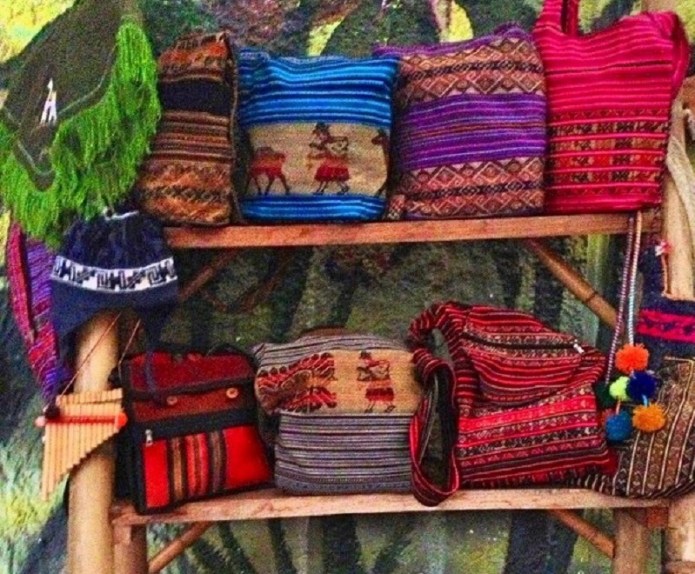
![IMG_1768[1]](https://colombianculture.com/wp-content/uploads/2014/07/img_17681.jpg?w=547)

![IMG_1780[1]](https://colombianculture.com/wp-content/uploads/2014/07/img_17801.jpg?w=547)





